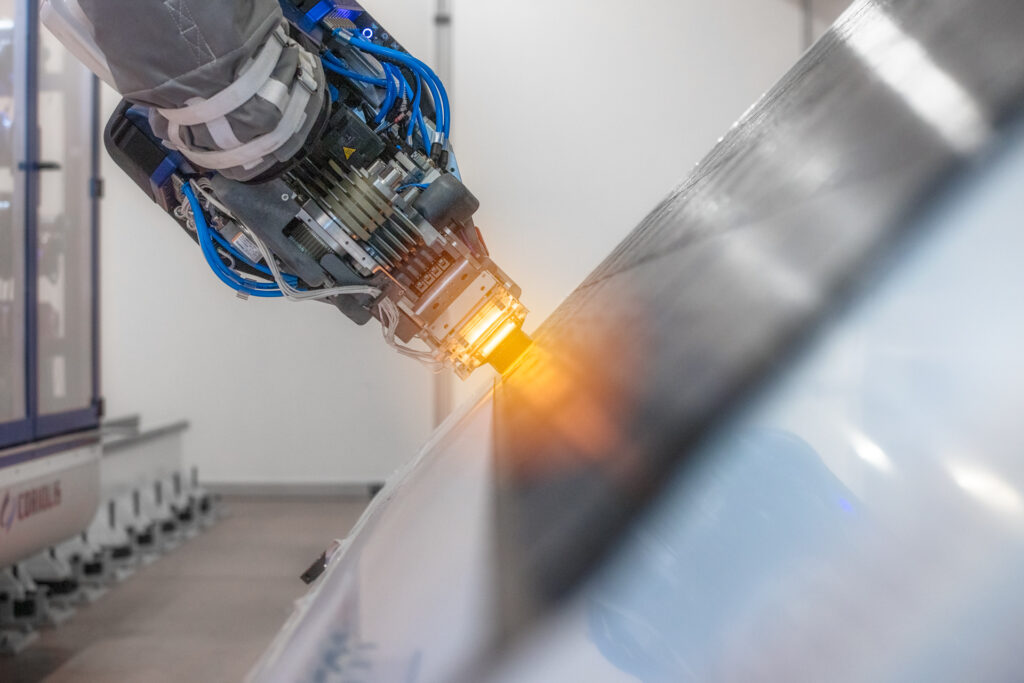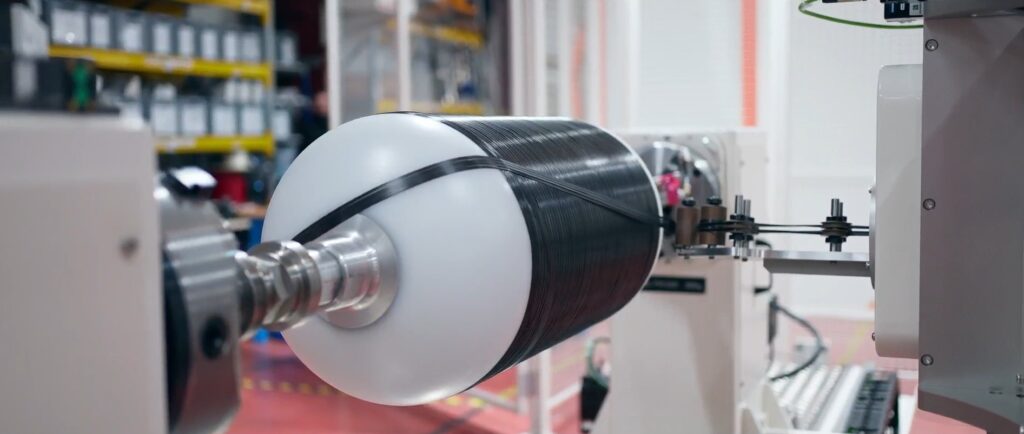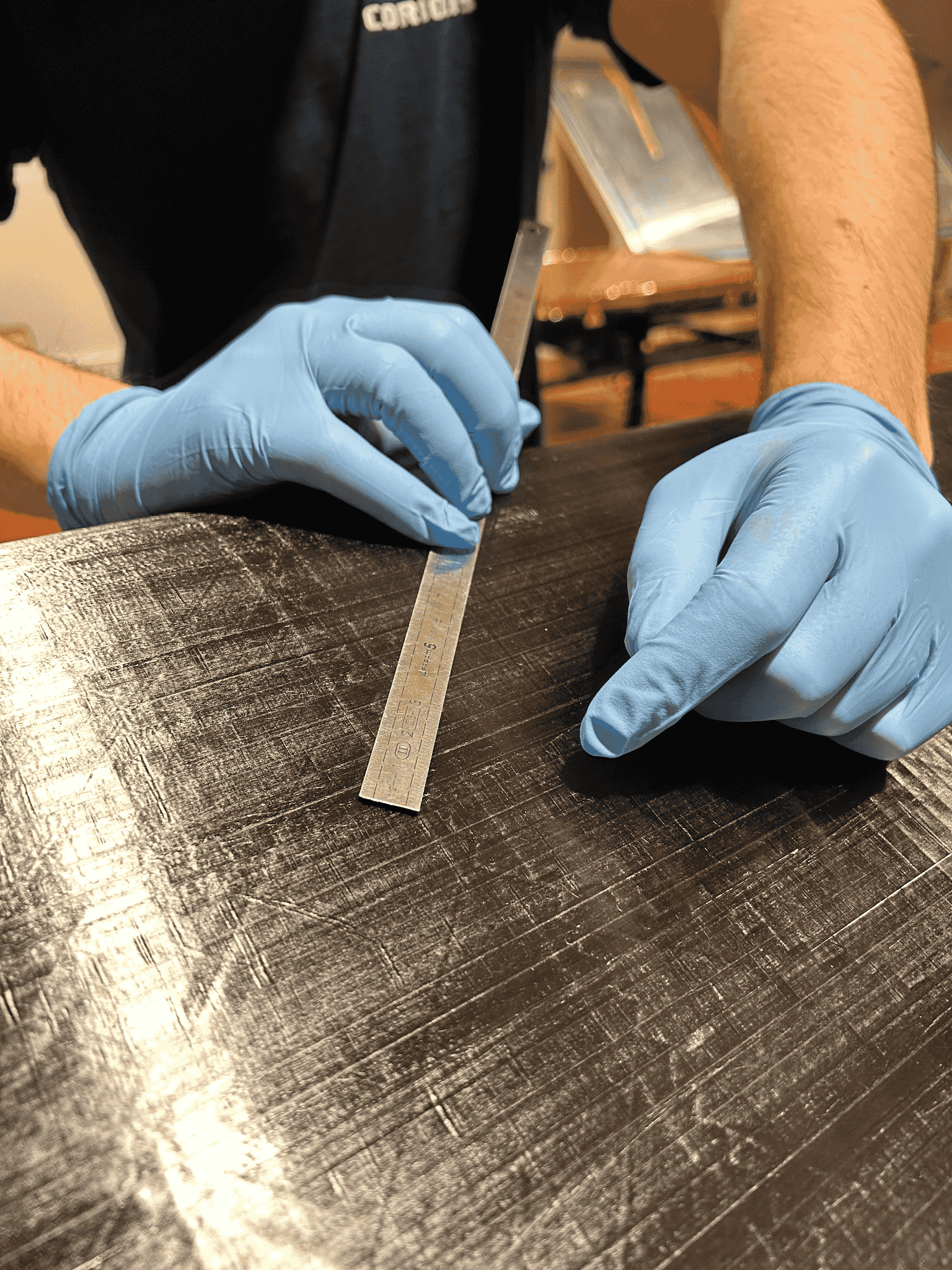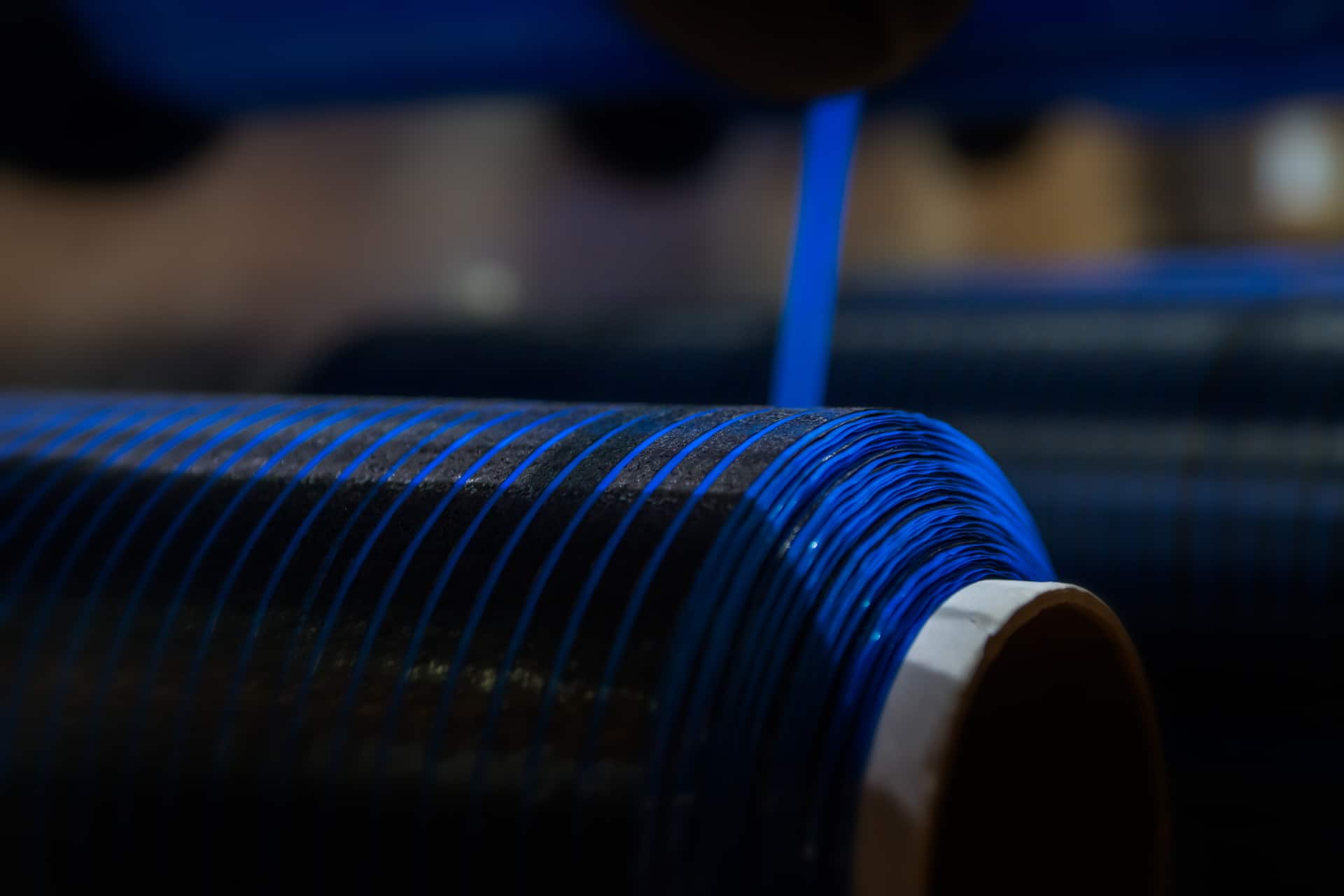Our solution helps you identify where automation is feasible — and where manual layup remains relevant.
Mastering automated fiber placement processes
- AFP, ATL, filament winding… automated fiber placement technologies are revolutionizing how high-performance composite structures are designed and manufactured.
- Each technology comes with specific constraints that must be understood early in the design phase.
Common Challenges
- Complex multi-physics and multi-domain constraints
- Manual iterations between design, simulation and manufacturing
- Process-specific knowledge siloed in expert teams
- Risk of late-stage incompatibilities or rework
How our solution helps
- Embed process constraints into the design model
- Connect teams through co-design and shared data
- Validate designs earlier using enriched models
- Scale your teams’ expertise through simulation and scenario exploration

Automated Fiber Placement (AFP)
- High-precision tow placement for complex 3D shapes
- Ideal for critical aerostructures
- Demands tight control and early design/process convergence
Automated Tape Laying (ATL)
- Faster, wider material deposition
- Excellent for large, flat or gently curved surfaces
- Cost-efficient for high production rates
Available in upcoming releases
Filament Winding (FW)
- Continuous fiber winding over rotating mandrels
- High mechanical performance, especially for pressure vessels
- Geometrically constrained but highly repeatable
Available in upcoming releases


Other Advanced Methods
- Hybrid or automated draping systems
- Application-specific, requiring custom workflows
Manual Fiber Placement – For Comparison
- Offers flexibility for complex or low-volume parts
- Labor-intensive, time-consuming, and less repeatable
- No digital traceability or closed-loop validation

